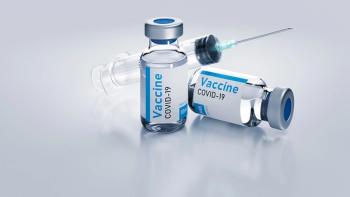
Accelerated Approval of GSK's Hiberix Boosts Vaccine Supply
London-based GlaxoSmithKline?s Hiberix, a haemophilus influenzae Type b (Hib) vaccine, was approved by the US Food and Drug Administration.
London-based GlaxoSmithKline’s Hiberix, a haemophilus influenzae Type b (Hib) vaccine, was approved by the US Food and Drug Administration as a booster dose for children 15 months through 4 years old. Hiberix recieved accelerated approval because there was not enough of Hib vaccine on the market.
A nationwide shortage of Hib vaccine began in December 2007 following a voluntary recall by Merck & Co. and subsequent production suspension of its PedvaxHIB and COMVAX, two of four Hib vaccines licensed in the US. This shortage resulted in a recommendation by the US Centers for Disease Control and Prevention to temporarily defer the Hib vaccine booster dose for children who were not at high risk for infection, until the vaccine supply could be restored.
“This approval will provide an additional safe and effective vaccine to help ensure that there is an adequate Hib vaccine supply during necessary catch-up vaccinations,” said Karen Midthun, acting director of the FDA’s Center for Biologics Evaluation and Research.
As part of the approval, GSK will conduct a post-market study in the US to evaluate the safety and immunogenicity of primary and booster vaccination with Hiberix compared to a Hib vaccine already licensed in the US.
Newsletter
Stay at the forefront of biopharmaceutical innovation—subscribe to BioPharm International for expert insights on drug development, manufacturing, compliance, and more.





